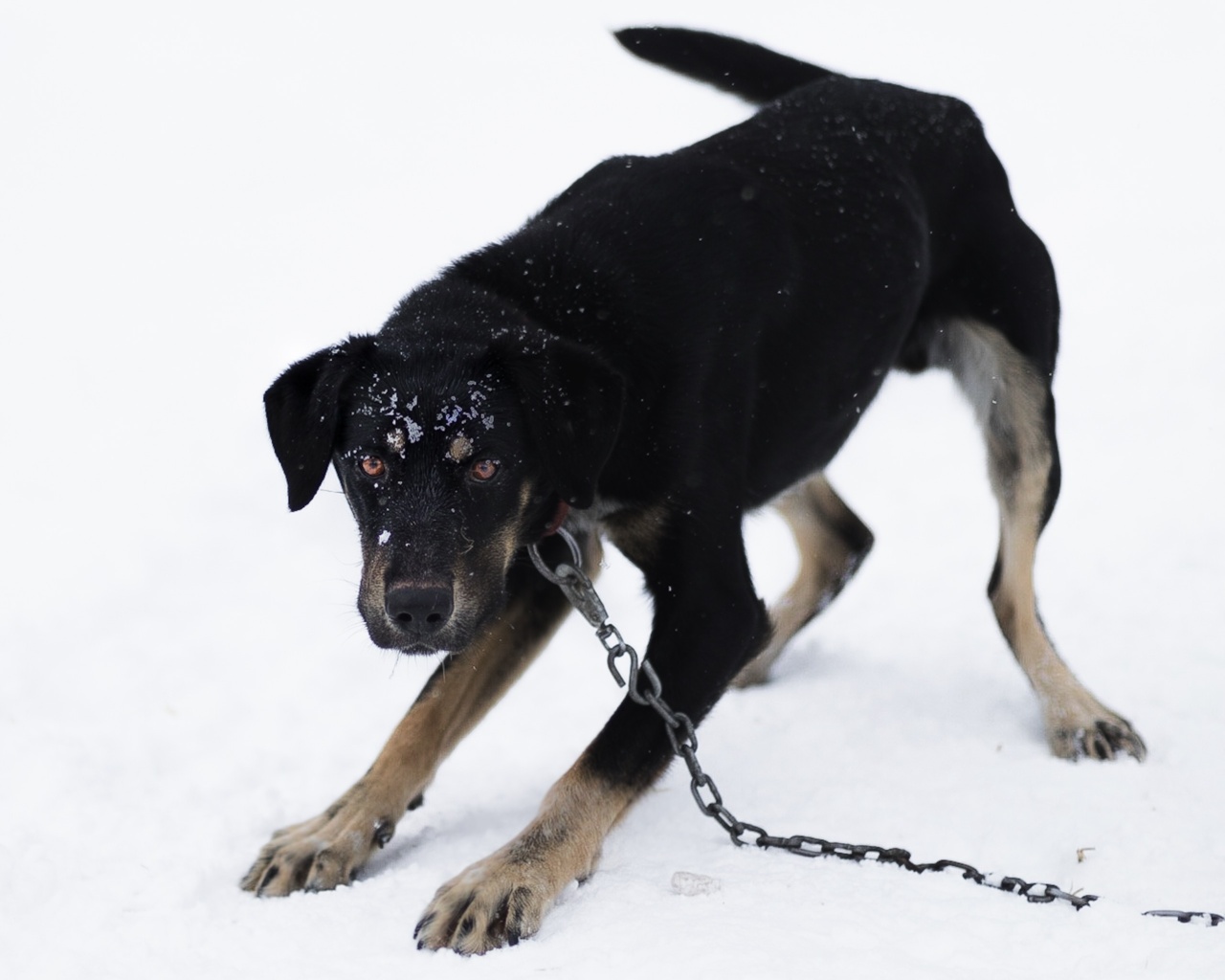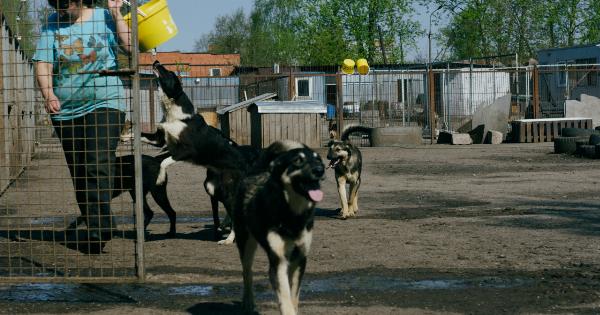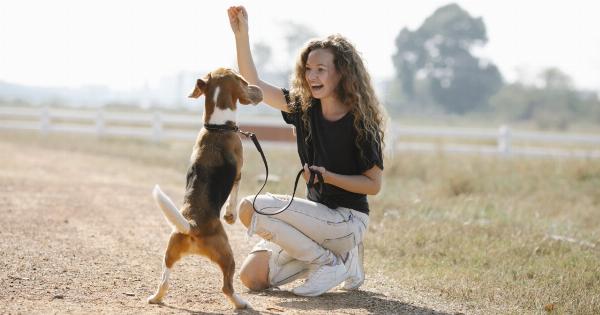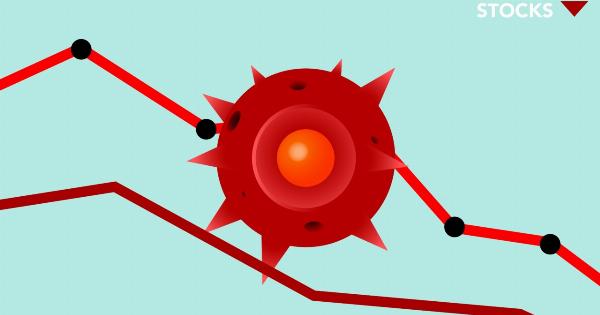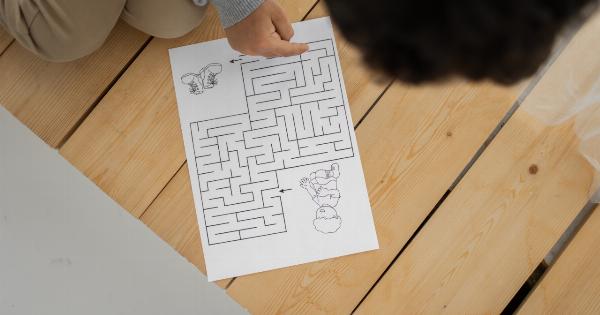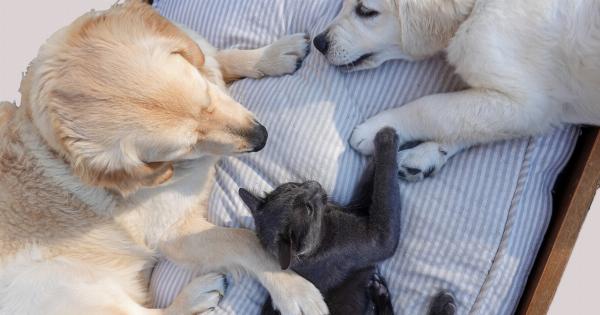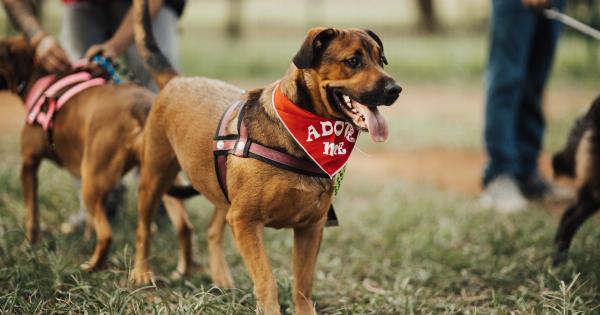Dogs are known for their loyalty, love, and companionship. However, just like humans, dogs can sometimes display aggressive behavior.
Understanding the causes of dog aggression and finding effective solutions is crucial to ensure the well-being of both your dog and those around them. This article will explore the various reasons why dogs develop aggression and provide practical tips to address and manage this behavior.
Causes of Dog Aggression
1. Fear and Anxiety:.
Fear and anxiety are common triggers for aggressive behavior in dogs. When a dog feels threatened or is exposed to a stressful situation, it may respond aggressively to protect itself or assert dominance.
Identifying the underlying triggers and addressing them appropriately is essential in managing aggression rooted in fear and anxiety.
2. Lack of Socialization:.
A dog that has not been properly socialized may display aggression towards unfamiliar people, animals, or new environments. This lack of exposure during their critical developmental stage can result in fear-based reactions.
Gradual and positive socialization experiences can help alleviate this aggression and promote confidence in your dog.
3. Protection of Resources:.
Dogs can become possessive of their resources, such as food, toys, or sleeping spaces. Resource guarding is a natural behavior, but in some cases, it can escalate into aggressive behavior.
Teaching a dog proper boundaries and implementing techniques to prevent resource guarding incidents are crucial to address this form of aggression.
4. Territorial Aggression:.
Dogs are instinctively territorial creatures. They may perceive their home or surrounding area as their territory and respond aggressively towards perceived intruders.
Proper training and desensitization methods can help manage territorial aggression and prevent potential conflicts.
5. Frustration:.
When a dog is unable to perform a desired behavior due to restrictions or barriers, they can become frustrated, leading to aggressive outbursts.
Ensuring your dog receives adequate exercise, mental stimulation, and training can help alleviate frustration-based aggression.
Solutions for Managing Dog Aggression
1. Consult a Professional:.
If your dog’s aggressive behavior is severe or poses a risk to the safety of others, it is crucial to consult a professional dog trainer or behaviorist.
These experts can assess the underlying causes of aggression and develop a customized behavior modification plan specifically tailored to your dog’s needs.
2. Positive Reinforcement Training:.
Training your dog using positive reinforcement techniques encourages good behavior and helps redirect aggression. Rewarding desirable behavior and using redirection techniques can help replace aggressive reactions with more appropriate responses.
3. Desensitization and Counterconditioning:.
Gradual exposure to stimuli that trigger aggression, combined with positive reinforcement, can help desensitize your dog and modify their response.
Counterconditioning involves replacing the negative emotions associated with aggression by creating positive associations with the previously feared stimulus.
4. Consistent Rules and Boundaries:.
Establishing consistent rules and boundaries provides structure and security for your dog. When dogs understand their position within the family hierarchy and have a clear understanding of expectations, their aggression is often reduced.
Consistency across all family members is crucial for successful implementation.
5. Physical and Mental Stimulation:.
Providing your dog with regular exercise and mental stimulation is essential to prevent frustration and aggression.
Engage your dog in activities such as daily walks, puzzle toys, and obedience training to channel their energy in a positive and productive manner.
6. Neutering/Spaying:.
In some cases, aggression in dogs can be fueled by hormones. Neutering or spaying your dog can reduce hormone-driven aggression, though it may not completely eliminate aggressive tendencies.
Consult with your veterinarian to determine the best course of action for your dog.
7. Avoid Punishment:.
Punishment-based training methods can escalate aggression and further damage the bond between you and your dog. Avoid physical punishment or harsh corrections, as they can increase fear and anxiety.
Focus on positive reinforcement and reward-based training instead.
8. Manage Triggers:.
Identify and manage triggers that provoke aggression in your dog.
This may involve avoiding certain situations, gradually exposing your dog to triggers in a controlled environment, or using behavior modification techniques to change their emotional response towards these triggers.
9. Seek Support:.
Dealing with a dog displaying aggression can be challenging, both emotionally and physically. Reach out to support groups, online communities, or professional trainers for guidance, advice, and encouragement.
Remember, you are not alone, and many others have successfully managed dog aggression.
10. Patience and Consistency:.
Modifying aggression in dogs takes time and consistent effort. Be patient with your dog’s progress and maintain a consistent routine. Celebrate small victories along the way and remain committed to the wellbeing and training of your furry friend.
By understanding the causes of dog aggression and implementing effective solutions, you can create a harmonious environment for your four-legged companion.
With patience, consistency, and a tailored behavior modification plan, aggressive behavior can be managed, allowing your dog to lead a happier, healthier, and more balanced life.
